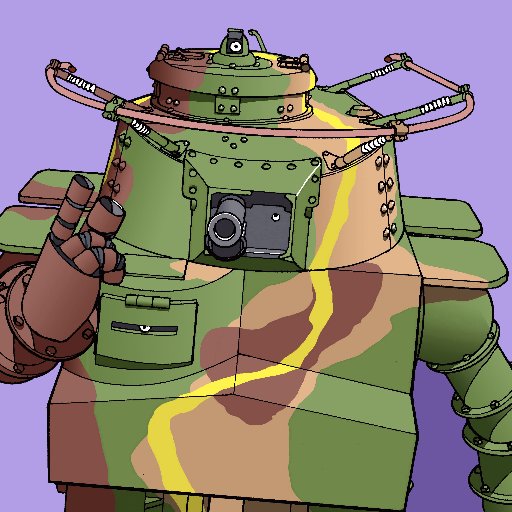C6N “Myrt” Sai-un, IJN Carrier Scout
The fuselage was made as thin as possible in order to increase speed.
It was the last reconnaissance aircraft employed by the Imperial Japanese Navy....
Ki-48“Lily” IJA Light Bbomber
It carried a small amount of bombs and was slow, but it had a very high operating rate and was light and maneuverable. It was also capable of dive bombing. It continued to be used until the end of the war...
Luftwaffe
Focke-Wulf Fw190 Würger
Only one aircraft was imported to Japan by submarine in 1943.
Its flight performance was not appreciated except for a few, but its streamlined fuselage structure was highly praised...
D4Y Sui-sei “Judy” IJN carrier bomber
The right to manufacture water-cooled engines was purchased from Germany and the aircraft was produced, but it was too difficult to manufacture and operate water-cooled engines in Japan at that time, and the operating rate was very low...
E16A Zui-un “Paul” IJN waterborne reconnaissance plane
A high-performance seaplane that can also bomb.
However, it took a long time to develop. Debut in actual combat was delayed.
Ki-67“Peggy” Hi-ryu IJA Bomber.
It was the completion of the Japanese twin-engine bomber, which was sent out by Mitsubishi.
However, its actual combat debut came late, in 1944.
Ki-44“Tojo” Syo-ki, IJA fighter.
The equipment was adapted to Western tactics, but it was not favored by pilots accustomed to lighter fighters...
P1Y Ginga “Frances” IJN Land bomber.
It was a high-performance aircraft, but a difficult piece of equipment to handle...
“E13A” Reishiki-Suijyou-Teisatuki, IJN Waterborne reconnaissance aircraft.
As a hydroplane, it was complete. It was also used on board warships. The vertical stabilizers were wooden...
“Ki-84” Hayate, IJA fighter.
The fuselage was a reasonable design, but the engine was unreliable...











